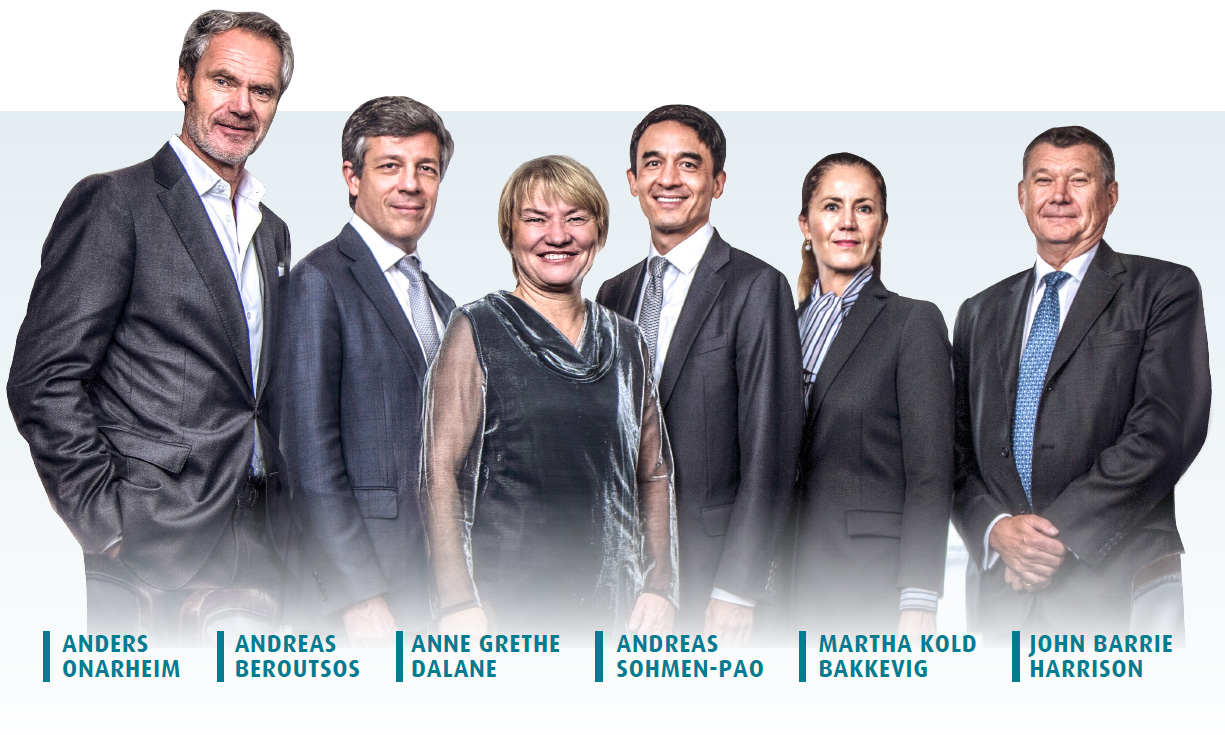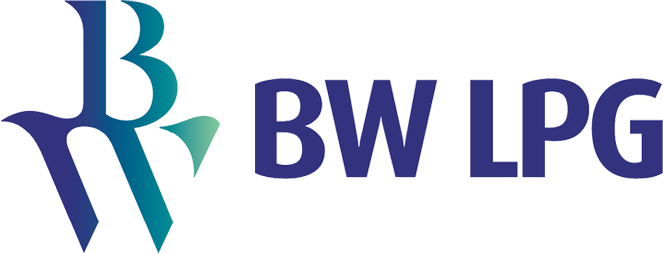BOARD OF DIRECTOR'S REPORT

FINANCIAL PERFORMANCE
Our operating revenue was US$817 million in FY 2019 vs US$522 million in FY 2018 driven by higher LPG spot rates and overall fleet utilisation. Our Time-Charter Equivalent (TCE) income increased to US$547 million in 2019 from US$301 million in 2018 mainly due to higher spot rates, with an average daily rate of US$39,100 in 2019. We generated VLGC TCE earnings of US$35,000 per day in 2019 vs US$18,400 per day in 2018. This affirms our active strategy to reduce our contract coverage in line with an increasing freight market throughout the year where the average Baltic Exchange LPG 2019 assessment increased to US$57.0 per metric ton from an average Baltic Exchange LPG 2018 assessment of US$34.5 per metric ton. The Group adopted IFRS 16 ‘Leases’ on 1 January 2019 which had resulted to an increase of US$32 million and US$6 million on EBITDA and profit after tax, respectively. BW LPG wrote back an impairment charge of US$38 million on its vessels in FY 2019 due to an improvement in assets values arising from a recovery of the freight market. BW LPG reported a profit after tax of US$274 million in FY 2019 vs a loss after tax of US$72 million in FY 2018.
PARENT COMPANY ACCOUNTS
Vessels and related assets, as well as external debt financing, are held in subsidiary companies within BW LPG. The investment holding company’s balance sheet includes primarily receivables from subsidiaries as well as shareholders’ equity, trade payables and accrued expenses. Total assets are US$1,052 million, shareholders’ equity is US$1,051 million, and total liabilities are US$0.4 million. Income is solely from dividends from our subsidiary of US$125 million. Expenses of US$3 million consists of overhead and other costs related to the operations of the investment holding company as a listed entity.
SAFETY
Safety is our priority at BW LPG and the Board is conscious that safety performance is a continuous process. BW LPG has active programmes in place with a focus on 'Zero Harm' for all employees, vessels and cargo. In 2019, our LTIF (Lost Time Injury Frequency per million working hours) rate was 0.25 and our TRCF (Total Recordable Case Frequency) in 2019 stands at a rate of 0.89 compared to our baseline target of 1.5.
SUSTAINABILITY
Our sustainability report makes reference to the Global Reporting Initiative (GRI) Reporting Standards, which have allowed for comprehensive examination of our Company's practices, and in turn set the foundation for better stewardship and responsible investment. Understanding the challenges of our time demonstrates our capability and adaptability to change and enhances our reputation as a Company with integrity and a keen focus on sustainability for the future. We work hard to comply fully with all regulations, including the 2020 regulation which places a 0.50% global sulphur cap on marine fuels, and look ahead to the IMO's 2050 GHG Strategy which aims to reduce GHG emissions by 50% by 2050 (against 2008 baselines). We continue to work on measures to enhance fuel efficiency and reduce greenhouse gas emissions across our fleet, including pioneering the development of LPG dual-fuel vessels.
CORPORATE GOVERNANCE
The Board of Directors has adopted a corporate governance policy reflective of BW LPG’s commitment to good governance and taking into account standards of Corporate Governance in the Norwegian Code of Practice for Corporate Governance (the Code). Deviations from the Code are addressed in the Corporate Governance section of this Annual Report. The Board held four meetings in 2019.
RISK
BW LPG is exposed to various market, operational, and financial risks. The most significant risks are set out in the IPO (Initial Public Offering) prospectus issued in November 2013. That document and other information on risks are available on the Company's website at www.bwlpg.com.
BW LPG employs an enterprise-wide risk assessment process to analyse and evaluate risk exposures and to allocate appropriate resources to risk mitigation activities. BW LPG's risk mitigation activities take into account the unpredictability of shipping and financial markets. BW LPG's main risks relate to the inherently cyclical nature of the shipping industry and the consequent inherent volatility of financial performance; the potential for oversupply of shipping capacity to negatively impact freight rates and asset values; and the dependence on continued export volumes of relevant hydrocarbons to maintain demand for shipping.
SIGNIFICANT EVENTS AFTER 31 DECEMBER 2019
In February 2020, BW LPG exercised options for the delivery and retrofitting of eight additional dual-fuel LPG propulsion engines. With this, BW LPG has committed to retrofit 12 vessels with pioneering propulsion technology.
On 20 February 2020, a supplemental agreement was signed to amend the existing US$458 million Senior Secured Facility to convert US$100 million of Term Loan to Revolving Credit Facility while other terms remain the same. This will provide BW LPG with greater financial flexibility.
The last LGC committed to be sold is expected to be delivered in March 2020. The sale is expected to generate US$15 million in liquidity and a net gain of US$5 million.
GOING CONCERN
In light of BW LPG's liquidity position, balance sheet strength, assets, employment, and continuing cash flow from operations, the Board confirms that the going concern assumption, upon which BW LPG's accounts are prepared, continues to apply.
